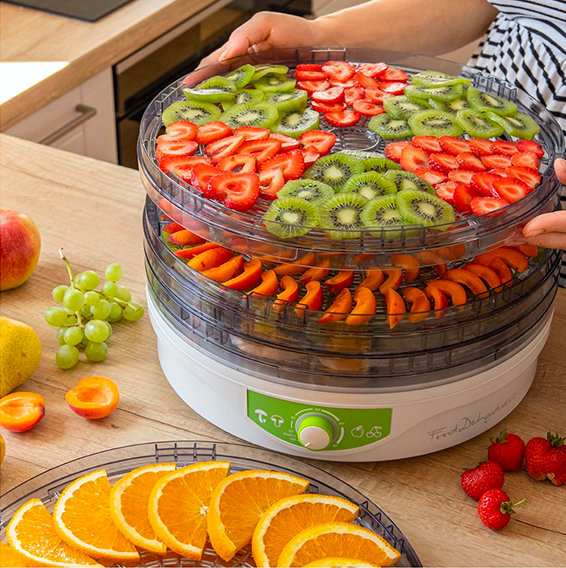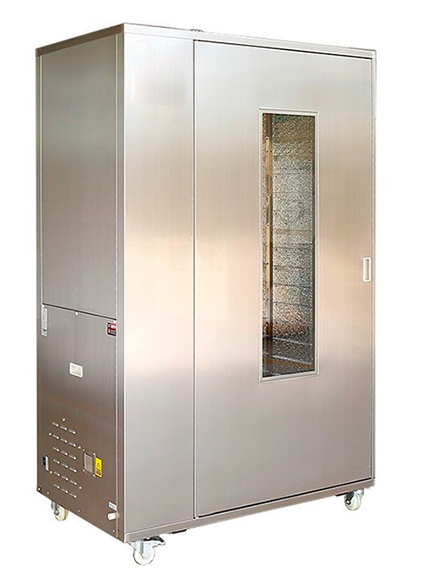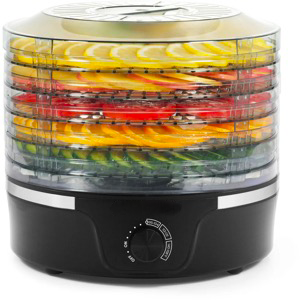
Content Menu
● Understanding the Components of a Heat Pump Dryer
● Step-by-Step Cleaning Process
>> 1. Unplug the Dryer
>> 2. Clean the Lint Filter
>> 3. Clean the Condenser
>> 4. Wipe Down the Drum
>> 5. Inspect the Drainage System
>> 6. Perform Regular Maintenance
>> 7. Check Ventilation
>> 8. Monitor Performance
● Importance of Regular Maintenance
● Additional Tips for Maintaining Your Heat Pump Dryer
● Conclusion
● Related Questions
>> 1. How often should I clean the lint filter in my heat pump dryer?
>> 2. Can I use any cleaning products on my heat pump dryer?
>> 3. What should I do if my heat pump dryer is not drying clothes efficiently?
>> 4. How can I prevent odors in my heat pump dryer?
>> 5. Is professional maintenance necessary for heat pump dryers?
Heat pump dryers are becoming increasingly popular due to their energy efficiency and eco-friendly design. However, like any appliance, they require regular maintenance to ensure optimal performance. In this comprehensive guide, we will explore how to clean a heat pump dryer effectively, the components that need attention, and the importance of regular maintenance.

Understanding the Components of a Heat Pump Dryer
Before diving into the cleaning process, it's essential to familiarize yourself with the parts of a heat pump dryer. These typically include:
- Lint Filter: Captures lint and dust from clothes during drying.
- Condenser: Extracts moisture from the air and is crucial for maintaining efficiency.
- Drum: Where clothes are placed for drying.
- Heat Exchanger: Reuses hot air to enhance drying efficiency.
Understanding these components will help you know what to clean and why it's important for the overall functionality of your dryer.
Step-by-Step Cleaning Process
1. Unplug the Dryer
Always ensure the dryer is unplugged before starting any cleaning process to prevent accidents. This is a critical safety step that should never be overlooked.
2. Clean the Lint Filter
The lint filter should be cleaned after every use to prevent buildup that can cause inefficiency and fire hazards. Here's how to do it:
- Remove the filter from its slot.
- Wash it under running water and use a soft brush to remove lint buildup.
- Allow it to dry completely before reinserting it.
Cleaning the lint filter regularly not only improves airflow but also enhances drying efficiency. A clogged lint filter can significantly increase drying time and energy consumption.
3. Clean the Condenser
The condenser must be cleaned regularly for optimal performance. Follow these steps:
- Access the condenser according to the manufacturer's instructions.
- Use a vacuum cleaner or a damp cloth to remove dust and lint.
Cleaning the condenser is vital because it plays a key role in moisture extraction. If it becomes clogged, it can lead to longer drying times and increased energy usage.

4. Wipe Down the Drum
Gently wipe the inside of the drum with a damp cloth to prevent odors and reduce buildup. Avoid using harsh chemicals that may damage the surface.
To enhance cleanliness, consider using a mixture of vinegar and water as a natural cleaning solution. This can help eliminate any lingering smells without leaving harmful residues.
5. Inspect the Drainage System
If your dryer has a drainage system, ensure it is clean to prevent blockages. Clear any accumulated debris.
Regularly check for any signs of leaks or clogs in the drainage hose, as these can lead to water buildup inside your dryer, potentially causing damage over time.
6. Perform Regular Maintenance
- Schedule professional maintenance yearly.
- Regularly check your user manual for specific recommendations regarding cleaning intervals.
Professional maintenance can include checking electrical components, ensuring proper airflow, and verifying that all parts are functioning correctly.
7. Check Ventilation
Proper ventilation is crucial for heat pump dryers. Ensure that vents are clear of obstructions and that air can flow freely in and out of the unit. Blocked vents can lead to overheating and reduced efficiency.
8. Monitor Performance
Keep an eye on how well your dryer performs after cleaning. If you notice any changes in drying times or unusual noises, it may indicate that further maintenance is needed or that there is an underlying issue that requires professional attention.
Importance of Regular Maintenance
Keeping your heat pump dryer clean not only enhances its performance but also helps to:
- Improve energy efficiency: A clean dryer operates more efficiently, using less energy per load.
- Reduce drying time: When all components are clean and functioning properly, clothes dry faster.
- Extend the lifespan of the appliance: Regular maintenance prevents wear and tear on parts, prolonging the life of your dryer.
Additional Tips for Maintaining Your Heat Pump Dryer
To further enhance your dryer's performance and longevity, consider these additional tips:
- Avoid Overloading: Overloading your dryer can strain its components and lead to inefficient drying cycles. Always adhere to manufacturer guidelines regarding load sizes.
- Use Appropriate Settings: Familiarize yourself with different drying settings available on your heat pump dryer. Using incorrect settings can lead to longer drying times or damage delicate fabrics.
- Keep Surrounding Areas Clean: Ensure that the area around your dryer is free from dust and debris, as this can affect airflow and overall performance.
- Check Seals and Gaskets: Periodically inspect seals around doors and gaskets for wear or damage. Replacing worn seals can help maintain efficiency by preventing heat loss.
Conclusion
Cleaning your heat pump dryer is essential for its longevity and efficiency. By following the steps mentioned in this guide and performing regular maintenance, you can enjoy the benefits of this energy-efficient appliance for years to come. Remember that a well-maintained heat pump dryer not only saves you money on energy bills but also contributes positively to environmental sustainability by reducing energy consumption.

Related Questions
1. How often should I clean the lint filter in my heat pump dryer?
It is recommended to clean the lint filter after every use to maintain optimal performance.
2. Can I use any cleaning products on my heat pump dryer?
Avoid harsh chemicals; instead, use mild detergents or homemade solutions like vinegar and water.
3. What should I do if my heat pump dryer is not drying clothes efficiently?
Check the lint filter, condenser, and ensure the drainage system is clear. If problems persist, consult a technician.
4. How can I prevent odors in my heat pump dryer?
Regularly clean the drum, lint filter, and condenser. Leave the door open to allow airflow between uses.
5. Is professional maintenance necessary for heat pump dryers?
Yes, having a professional service your dryer annually can help catch issues early.












